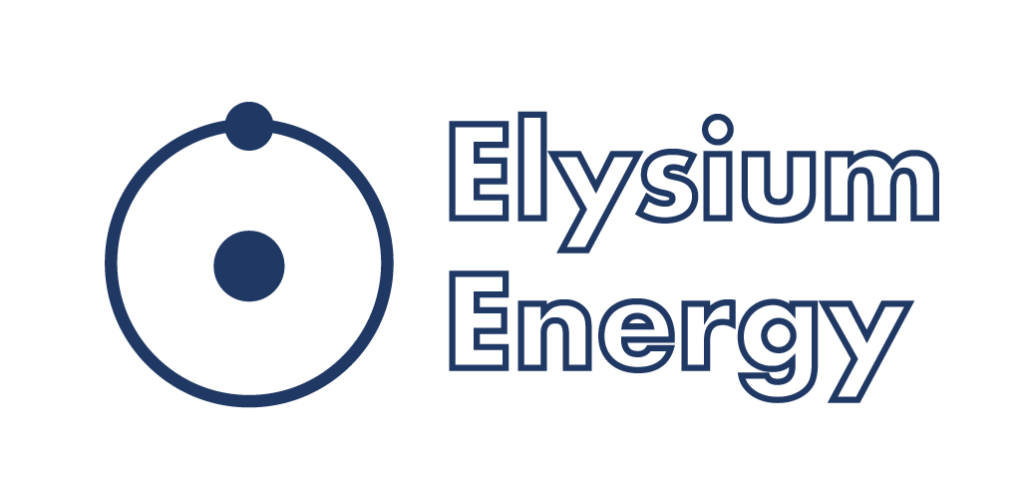Shuangliang Hydrogen recently published a study analyzing degradation in Alkaline Electrolyzers. Improving the EZ Stack lifetime isn’t just a technical challenge—it’s the key to reducing the Levelized Cost of Hydrogen (LCoH), the gold standard for project viability.
🔍 Key Findings:
Despite hydrogen production being a well-known technology for decades, SLG highlights a major gap:
limited data on intermittent hydrogen production from renewables.
The findings suggest that intermittency impacts H₂ production costs far more than expected, although the good news is that stack degradation under stable operations is slower than anticipated.
📊 Worst vs. Best Case Scenarios:
Worst Case: A plant fully reliant on renewable energy faces frequent start-ups/shut-downs and cyclic operations. Result? Stack lifetime of just 2.5 years.
Best Case: Stable power sources and one start-up/shut-down daily extend stack lifetime beyond 10 years.
🔧 What Drives Stack Degradation?
SLG points as main drivers the following (not considering mechanical or impurities):
Cyclic Operation: 40%
ON/OFF Operations: 35%
High Temp/Voltage/Density: 20%
Stand-By Modes: 5%
💡 Solutions to Reduce Degradation and Lower Costs:
1️⃣ Increase electrolyzer capacity to reduce average current density (A/cm²).
2️⃣ Add Battery Energy Storage Systems (BESS) to mitigate cycling and ON/OFF operations.
Both solutions have been tested and proven effective, reducing the LCoH of Hydrogen for Alkaline Electrolyzers.
🚀 The Path Forward
As the hydrogen economy scales, data-driven strategies like these will pave the way for cost-effective and reliable systems. Could these solutions unlock new opportunities for renewables-driven hydrogen production?
